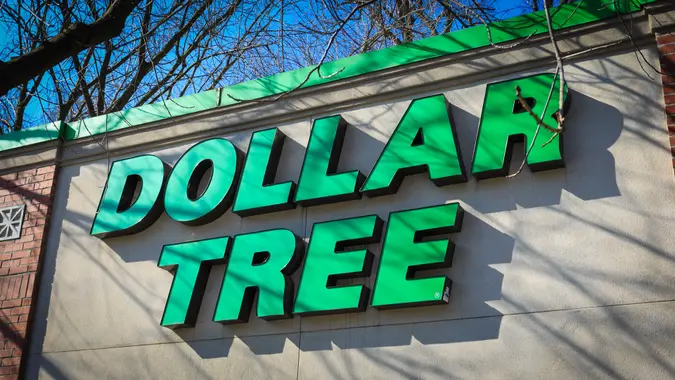How Has the Shift From Cable to Subscriptions Transformed Our Money Habits?

Commitment to Our Readers
GOBankingRates' editorial team is committed to bringing you unbiased reviews and information. We use data-driven methodologies to evaluate financial products and services - our reviews and ratings are not influenced by advertisers. You can read more about our editorial guidelines and our products and services review methodology.

20 Years
Helping You Live Richer

Reviewed
by Experts

Trusted by
Millions of Readers
Cable television was the only game in town for many years. As often happens when you have a monopoly or an oligopoly, prices went up and up because consumers had no other option. Then came streaming services, which let consumers buy just the programming they wanted.
When streaming services started to catch on, the providers charged relatively low prices – sometimes operating at a loss in order to gain market share in an industry that was growing by leaps and bounds. But now streaming prices are rising too, and those viewers who ‘cut the cord’ and cancelled their cable service in favor of lower priced streaming are finding their bills are rising once again.
What’s a consumer of streaming content to do? Here’s what you need to know.
Streaming Is More Flexible
One of the big drawbacks of cable TV was the lack of flexibility. You could choose from two or three ‘packages’ from your cable provider, each with a different price point. Often, you would need to buy the priciest one to get all the content you wanted to watch.
Streaming fixed this problem to a degree, letting you buy just the streaming services you want to watch. But as the streaming audience grew, streaming services began to merge and increase their prices. So, it’s more important than ever to be choosy about what you are willing to pay for.
Ads Can Keep Your Costs Down
In the early days of cable, subscription fees covered the cost of bringing the entertainment to your home. But soon, cable TV providers realized they could make more money if they sold ads — something the broadcast channels had always done to support themselves. Well, streaming services have now adopted an ad-supported format, which can save you money. Many streaming services have an ad-supported version and a higher-priced ad-free one. Choosing the ad-supported version can save you money if you can tolerate the ads.
What the Future of Streaming Services Could Look Like
Expect streaming services to continue to raise prices until they begin to get pushback in the form of declining subscriptions. Once that happens, there will likely be more consolidation in the industry, which will limit the number of services. These services will bundle their offerings so they can charge higher prices.
One truism of smart money management that applies here is that it’s important to review your spending regularly to be sure you’re paying for only what serves you. Pay attention to how often you watch each of your streaming services and cancel ones you don’t watch. You may find that some movies and series are on more than one service, so you may be able to reduce the number you have. Staying on top of it will help you get the most bang for your streaming buck.
More From GOBankingRates
 Written by
Written by  Edited by
Edited by 

























